In the Land of the Blind the One Eyed Girl is Queen
Lorís Simón Salum
How do we define mental health? Is there a clear line we must cross before we are considered clinically insane? Australian filmmaker Nick Matthews explores these ideas with his new film One Eyed Girl, premiering worldwide at the Austin Film Festival in Texas. The story follows Travis (Mark Leonard Winter), a young psychiatrist suffering from loss and detachment, as he finds himself getting pulled into a cult by a young woman (Tilda Cobham) he meets in the metro. At first he begins to feel livelier as the group teaches him how to identify what he feels and to verbalize what his heart desires. It takes the slightest change of course to turn his enriching experience into a struggle for survival. Nick Matthews does an excellent job in encouraging the audiences to converse about the invisible boundaries we live in and generously shared some of his thoughts with us to begin that conversation.
In the land of the blind the one eyed girl is queen. Can you talk to us about the title?
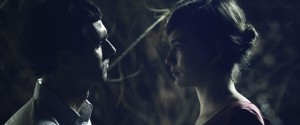 One day I jotted down a notion for a scene. It depicted a young woman running across a dusty field escaping from someone or something, unseen. She chanted a mantra to herself: “In the land of the blind, the one eyed girl is queen.” From this catalyst, co-writer Craig Behenna, Producer David Ngo and I started talking about a psychological thriller. I suppose what I intended in the first instance was for this character to have been indoctrinated. Thus, seeing the outside world as an essentially corrupted place believing herself to be transcendent. She saw herself as someone who might be able to help people find their way.
One day I jotted down a notion for a scene. It depicted a young woman running across a dusty field escaping from someone or something, unseen. She chanted a mantra to herself: “In the land of the blind, the one eyed girl is queen.” From this catalyst, co-writer Craig Behenna, Producer David Ngo and I started talking about a psychological thriller. I suppose what I intended in the first instance was for this character to have been indoctrinated. Thus, seeing the outside world as an essentially corrupted place believing herself to be transcendent. She saw herself as someone who might be able to help people find their way.
How did the idea for the story come about? Why did you tell this story?
I had seen a documentary long ago about a young girl who was vacillating between life in a religious cult and, I suppose, what is called a normal life in a suburban home. I think it stirred in me questions about how perverse and odd this normal world is when you take a step back and really look at it under the proverbial microscope. The journalist in the documentary asked the young girl, “Why did you go back to the cult after you’d managed to escape?” and the girl responded that she had looked at her brother drinking gallons of sugary soft drink and playing violent video games and she’d asked herself, “Is this life any better than the cult?” I think for me it wasn’t about making a judgment. Mostly I felt a great desire to make a film that asked questions, and asked people to examine their choices. Something to spark conversation. David and I wanted to make an exciting story as well as an inciting one, hence a thriller.
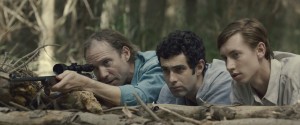 Have you had any previous experience with cults?
Have you had any previous experience with cults?
I think ‘cult’ is a term that is applied once things go awry. I don’t know if anyone actually starts out with the idea that they’ll be a “cult leader.” Early on, Jim Jones was seen as a kind of progressive socialist with great ideas about harmonious community living – it’s just that things got a little out of hand! When I was a child I attended what was described as an “alternative school” in the Adelaide hills in South Australia. I suppose the place was run on dogma (from the principal, a child psychologist). It was cult like, in the sense that it was tucked away in a rural property and there were more pottery classes than math classes, and some strange dancing with handkerchiefs; but I would describe the system as a benign dictatorship. It was a really expansive experience. They also supported my interest in movie making by buying super 8 film stock. I was very happy. So you might say I drank the cool aid.
There seems to be a very thin line between what we consider mental health and what we consider mental sickness. Is this a topic you had in mind when you thought of this film?
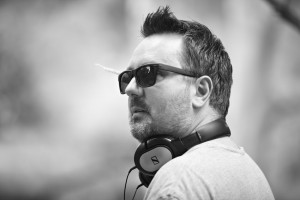 Most definitely! In the psychiatry game, you’re talking about someone sitting across from someone else – judging them as deficient or abnormal. It’s bizarre really. It makes me think of Cuckoos nest. Nurse Ratched was the biggest nutbag in the asylum! In the filmmaking I was very keen to not delineate visually between the shots of the psychiatrist and those of the patients. If you were looking in on a session in the hospital through the window in the door, it might take you a moment to learn who is doctor and who is the patient. When we find our protagonist, Travis, at the start of our story, he is a man on the brink of self-annihilation whose job is to help others find their way to normality. It’s these deep ironies that I enjoyed exploring in One Eyed Girl.
Most definitely! In the psychiatry game, you’re talking about someone sitting across from someone else – judging them as deficient or abnormal. It’s bizarre really. It makes me think of Cuckoos nest. Nurse Ratched was the biggest nutbag in the asylum! In the filmmaking I was very keen to not delineate visually between the shots of the psychiatrist and those of the patients. If you were looking in on a session in the hospital through the window in the door, it might take you a moment to learn who is doctor and who is the patient. When we find our protagonist, Travis, at the start of our story, he is a man on the brink of self-annihilation whose job is to help others find their way to normality. It’s these deep ironies that I enjoyed exploring in One Eyed Girl.
Do you find any similarities between Father Jay and Travis?
Co writer Craig Behenna and I talked often about the Jungian shadow-self. You could say that cult leader Jay is Travis’ shadow, one that contains all things masculine. Where Travis is repressed and emotionally disconnected, Father Jay is demonstrative and centered. Jay likes fighting and shooting and bashing things. Travis finds this stuff embarrassing and confronting. Travis hides and Jay shows. I don’t know if I’d call them ‘similarities,’ perhaps the flip side of the same coin? I do think they become close. I think they understand each other. It’s sad how things turn out for them.
 Lorís Simón Salum is a psychotherapist in private practice in Houston, TX. She is the author of Ensoulment: Exploring the Feminine Principle in Western Culture (2016), as well as the film director of the multi award-winning documentary Ensoulment: A Diverse Analysis of the Feminine in Western Culture (2013). She was the Creative Director for Literal Magazine for over 10 years. Some of her projects included Literally Short Film Festival, Literal’s short international film festival, and Literally Everything, Literal’s podcast. You can find her at www.lorissimon.com.
Lorís Simón Salum is a psychotherapist in private practice in Houston, TX. She is the author of Ensoulment: Exploring the Feminine Principle in Western Culture (2016), as well as the film director of the multi award-winning documentary Ensoulment: A Diverse Analysis of the Feminine in Western Culture (2013). She was the Creative Director for Literal Magazine for over 10 years. Some of her projects included Literally Short Film Festival, Literal’s short international film festival, and Literally Everything, Literal’s podcast. You can find her at www.lorissimon.com.
Posted: October 22, 2014 at 4:42 am



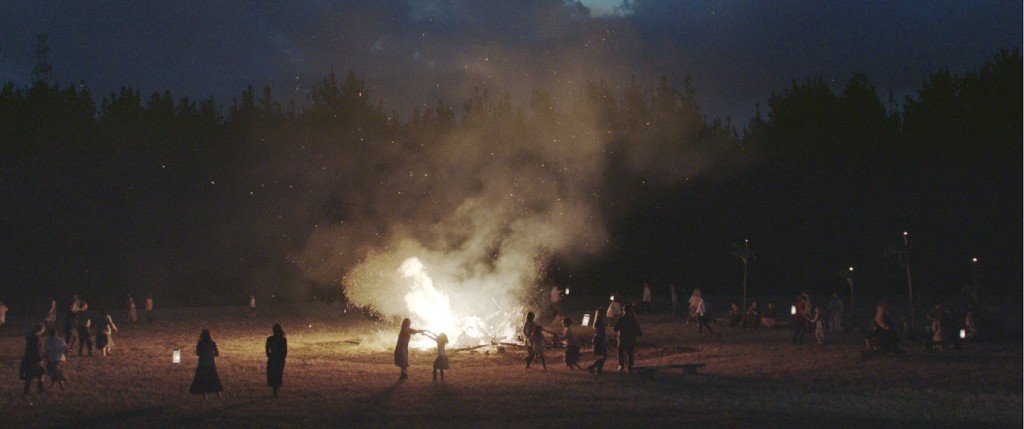
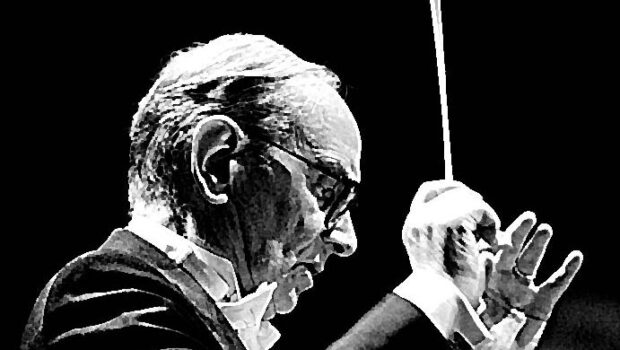
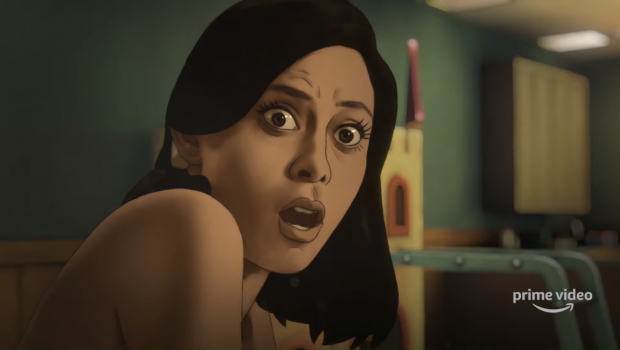

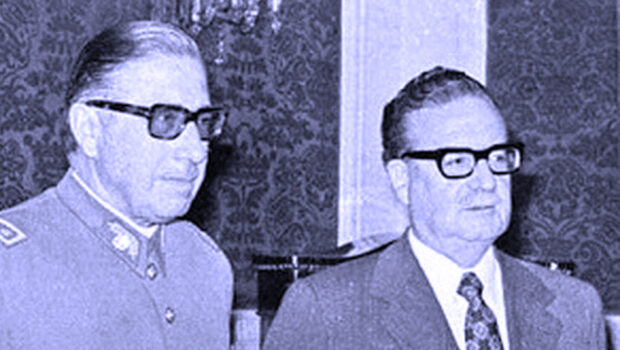

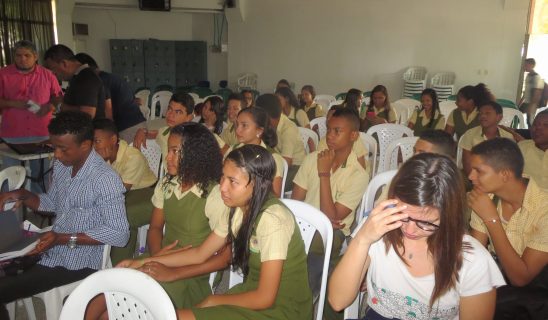
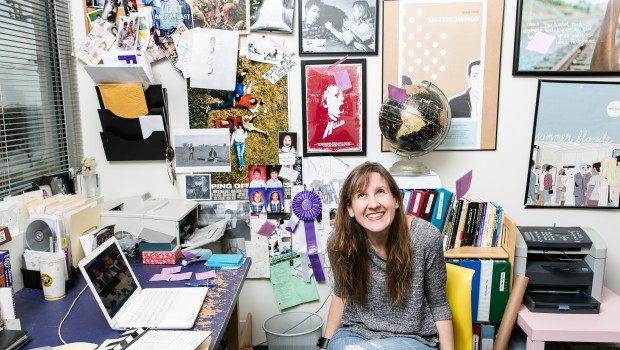
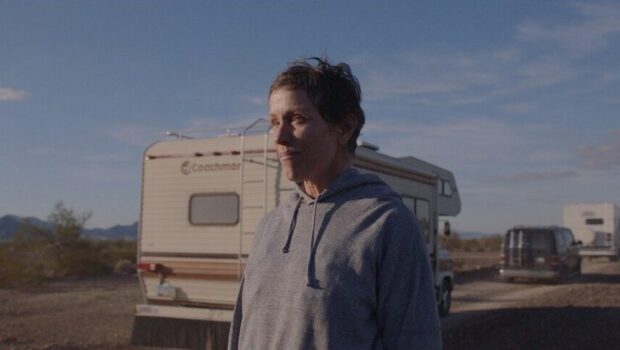
I´ve seen One Eyed Girl. What a great film! Thanks for publishing this interview